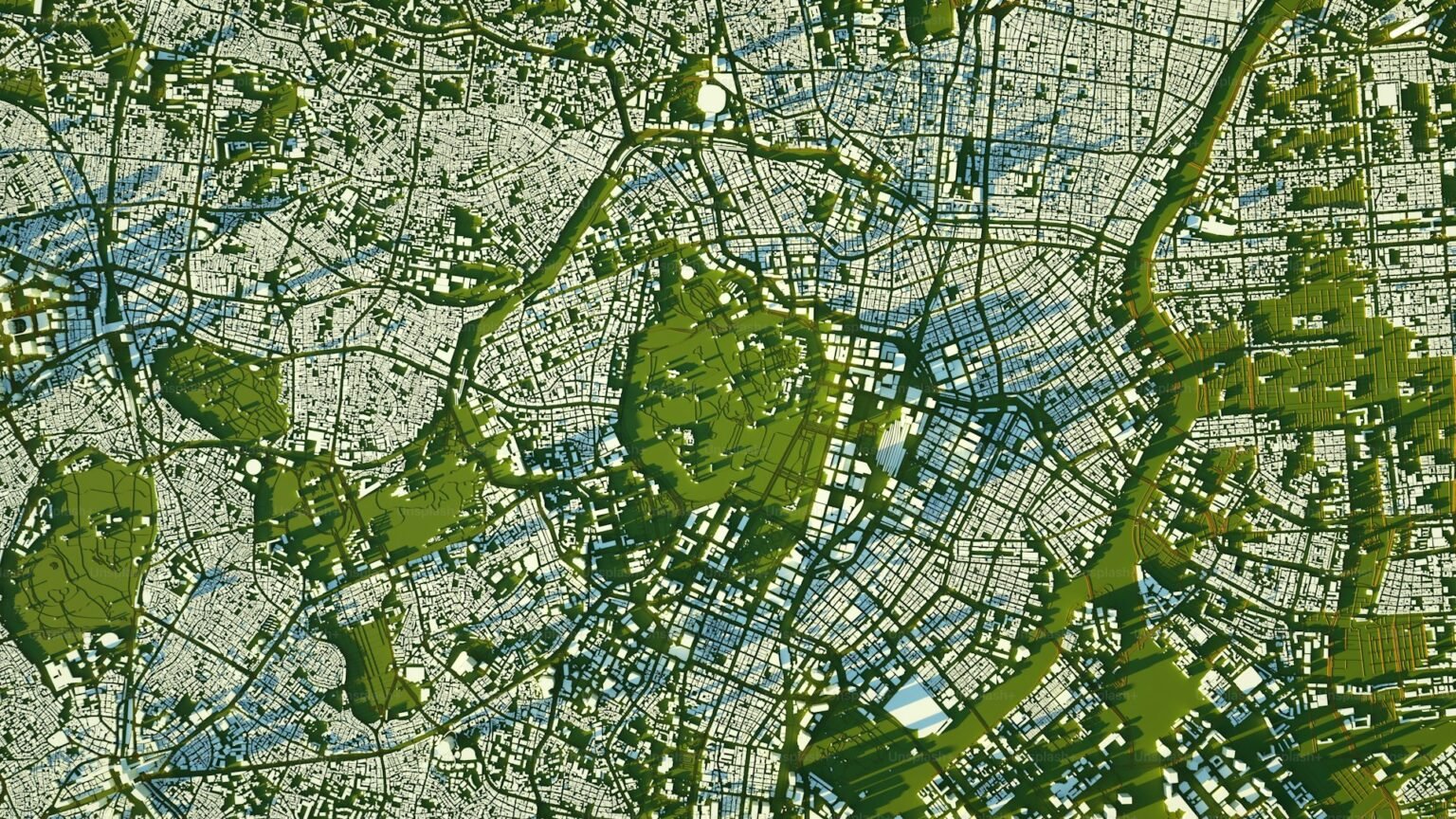On February 17, 2025, an earthquake struck Delhi, underscoring the city’s vulnerability to seismic activity.As one of the most densely populated regions, ensuring the resilience of infrastructure is key to protecting lives. To address this, AI-driven earthquake detection and structural monitoring technologies play a vital role. Artificial Intelligence is transforming disaster preparedness through real-time seismic monitoring, predictive analytics, and automated structural assessments.With AI-driven algorithms, authorities can strengthen early warning systems, ensure building safety, and safeguard millions, helping Delhi remain resilient in the face of future seismic events.
Why is Delhi at risk?
Delhi is located in Seismic Zone IV, making it highly susceptible to earthquakes due to:
1) Tectonic activity near the Himalayan belt,
2) Dense urbanization,
3) Weak soil conditions,
4) Aging infrastructure
With increasing tremors, experts stress the need for AI-driven earthquake detection and structural monitoring to enhance safety, resilience, and preparedness for future seismic events.
Transforming earthquake detection: How AI and Real-Time Analysis Enhance Seismic Monitoring and Preparedness
AI-driven earthquake detection is revolutionizing seismic monitoring by replacing traditional methods with real-time analysis powered by machine learning (ML) and deep learning (DL). AI analyzes seismic waveforms, learning from past quakes to improve accuracy in detecting tremors. Integrated with IoT sensors, AI identifies underground movements instantly. The use of big data and cloud computing enables AI to process vast seismic data and send real-time alerts, enhancing detection speed and accuracy. Benefits include faster detection, accurate predictions, automated alerts, and reduced false alarms. Systems like Japan’s Earthquake Early Warning and Google’s Android Alerts showcase AI’s global impact in disaster preparedness. The National Centre for Seismology (NCS) in India is also working on integrating AI into the country’s seismic monitoring network to enhance disaster preparedness.
AI-Powered Structural Monitoring: Strengthening Earthquake Resilience
AI-driven structural health monitoring (SHM) systems help ensure that buildings, bridges, and roads can withstand earthquakes.mart sensors embedded in buildings, bridges, and roads collect real-time data on stress and vibrations.
AI analyzes this data, detecting early signs of damage and predicting potential failures. By integrating predictive maintenance, AI helps identify structural weaknesses and sends real-time alerts to authorities for timely intervention. This technology prevents catastrophic failures, saves costs by enabling early repairs, and supports long-term sustainability in earthquake-prone areas.
Examples: China’s smart bridges, San Francisco’s building safety, and Delhi Metro’s tunnel monitoring showcase the global impact of AI-Powered Structural Monitoring.
AI Solutions for Delhi’s Earthquake Resilience
To shield Delhi from future earthquakes, the future lies in AI-powered solutions – where technology meets resilience.”These systems will not only enhance earthquake detection but also help ensure the resilience of infrastructure. The following AI strategies should be prioritized:
1.Early Warning Systems – Expand IoT sensors and AI apps for instant alerts.
2.Retrofitting Old Buildings – Use AI for assessing and reinforcing earthquake-prone structures.
3.Smart Infrastructure – Implement AI-based monitoring in critical buildings and use drones for damage assessment.
4.Public awareness – AI chatbots and simulations to educate citizens on safety.
These AI strategies will help create a more resilient, earthquake-ready Delhi.
Journey to a more shielded future
Recent earthquakes in Delhi show why we need smart AI technology to detect them early and keep buildings strong. AI helps predict earthquakes, study patterns, and protect structures. This keeps people safe and prevents big damage to the city.
With investments in advanced AI-based early warning systems, smart infrastructure, and predictive maintenance, the city has the potential to become a global beacon of earthquake resilience. For this vision to materialize, governments, engineers, and citizens must wholeheartedly adopt these revolutionary technologies, paving the way for a safer, more prepared future.
As technology gets smarter, AI will help keep cities like Delhi safe from disasters. Since more people are living in the city, we need better ways to protect them. AI can help warn people about earthquakes and make buildings stronger. With these smart tools, Delhi will be safer and better prepared for the future!





